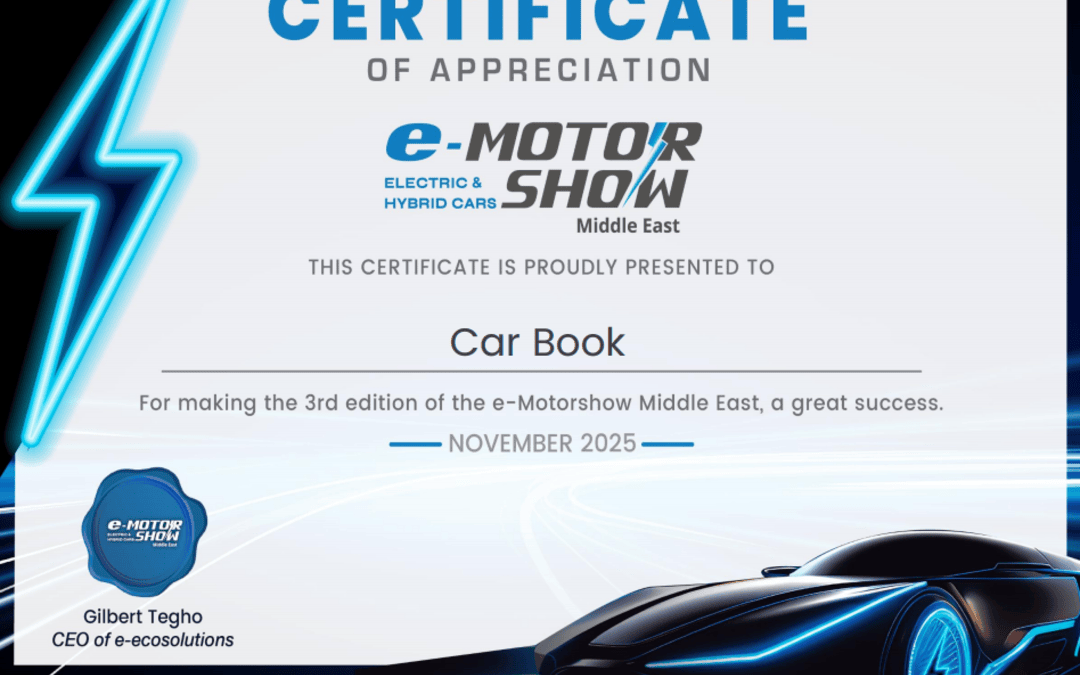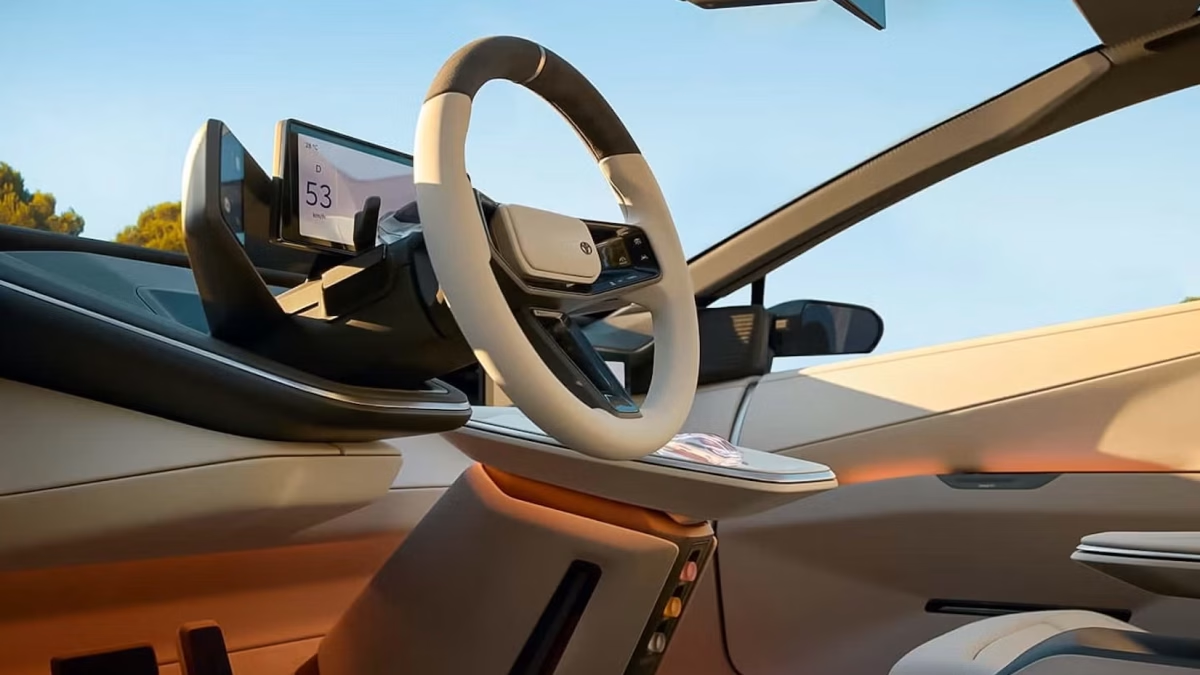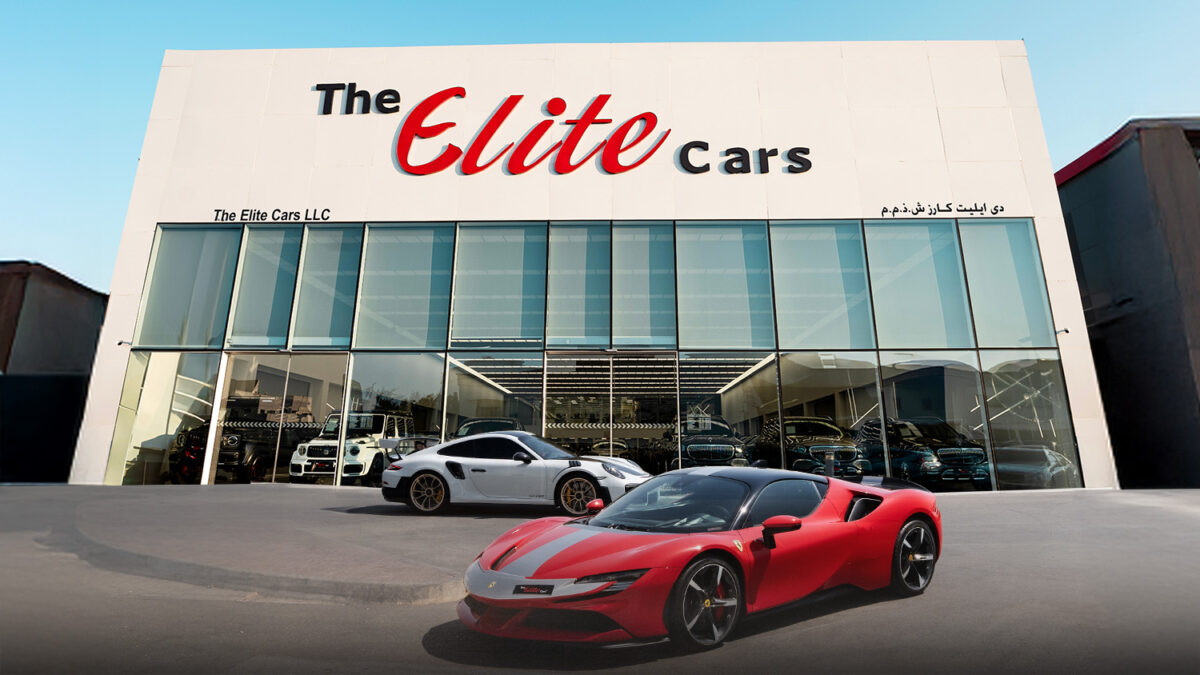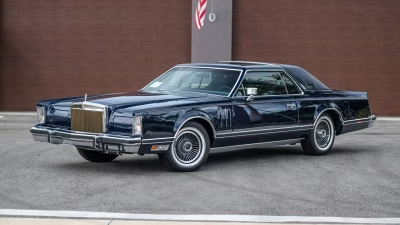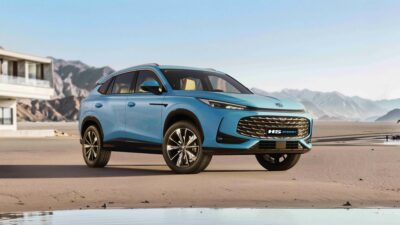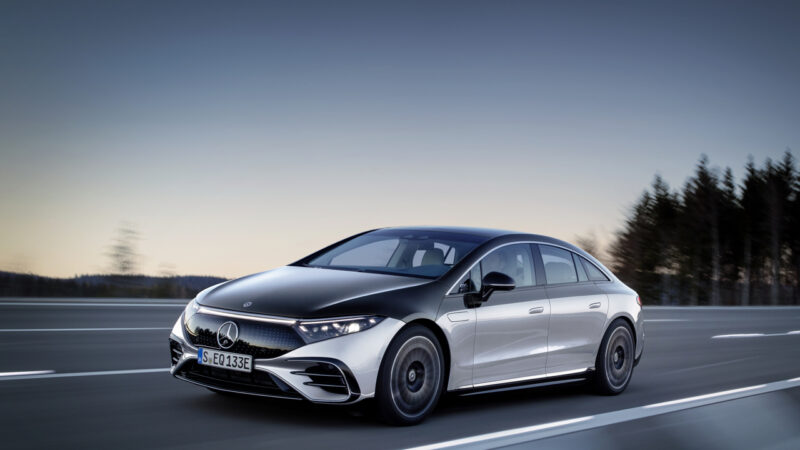
The EQS: the first electric vehicle in the luxury class
The EQS is the first all-electric luxury sedan from Mercedes-EQ. With it, Mercedes-EQ is redefining this vehicle segment. The EQS is also the first model to be based on the modular architecture for luxury and executive-class electric vehicles. Fusing technology, design, functionality and connectivity, the EQS delights both drivers and passengers. First models on the market will be the EQS 450+ with 245 kW (electrical consumption NEDC combined: 19.1-16.0 kWh/100 km; CO2-emissions: 0 g/km) and the EQS 580 4MATIC with 385 kW (electrical consumption NEDC combined: 20.0-16.9 kWh/100 km; CO2-emissions:
0 g/km). The consumption figures according to WLTP: EQS 450+ electrical consumption combined
20.4-15.7 kWh/100 km, CO2-emissions 0 g/km; EQS 580 4MATIC electrical consumption combined
21.8-17.4 kWh/100 km, CO2-emissions 0 g/km.
As part of its Ambition 2039 initiative, Mercedes-Benz is working on offering a carbon-neutral new car fleet within 20 years from now. By as early as 2030, the company wants more than half the cars it sells to feature electric drive systems – this includes fully electric vehicles and plug-in hybrids. In many areas, Mercedes is already thinking about tomorrow today: the new EQS is designed to be correspondingly sustainable. The vehicles are produced in a carbon-neutral manner, and resource-saving materials such as carpets made from recycled yarn are used. This is because Mercedes-Benz considers the entire value chain, from development and the supplier network to its own production. Mercedes-Benz AG has had its climate protection targets confirmed by the Science Based Targets Initiative (SBTI).
With a great deal of meticulous detail work and on the basis of the Purpose design, the aerodynamicists, in close cooperation with the designers, were able to achieve a new cd best value of 0.20[1]. This makes the EQS the most aerodynamic production car in the world. The operating range particularly benefits from this. It is also among the best in terms of quiet running. The very low wind noise level contributes significantly to this.
The EQS also currently sets a very good value for recuperation: Of the maximum deceleration in the DAuto recuperation program of 5 m/s², up to 3 m/s² is achieved by recuperation (2 m/s² by the wheel brakes). This allows decelerating to a standstill without using the brake pedal, while at the same time the range benefits from this recuperation strategy and the high recuperation power (up to 290 kW[2]). Deceleration is also applied to detected vehicles ahead until they come to a standstill, for example at traffic lights. Intelligent energy recovery is situation-optimised with the aid of ECO Assist and acts with foresight, taking into account traffic conditions or topography, among other things. The driver also can set three energy recovery levels and the coast function via paddle shifters on the steering wheel.
With ranges up to 770 kilometres (WLTP) and an output of up to 385 kW the powertrain of the EQS also meets every expectation of a progressive sedan in the S-Class segment. A performance version with up to 560 kW is being planned. All EQS models have an electric powertrain (eATS) at the rear axle, while the versions with 4MATIC also have an eATS at the front axle.
The EQS marks the launch of a new generation of batteries with significantly higher energy density. The larger of the two batteries has a usable energy content of 107.8 kWh. That is around 26 percent more than the EQC (EQC 400 4MATIC: combined electrical consumption: 21.5-20.1 kWh/100 km; CO2 emissions: 0 g/km)[3]. The innovative battery management software, developed in-house, allows updates over the air (OTA). In this way, the energy management system remains up to date throughout the life cycle. In terms of the cell chemistry, the cobalt content of the cathodes has been reduced to ten percent.
The EQS can be charged with up to 200 kW at fast charging stations with direct current. Power for up to another 300 kilometres (WLTP) is recharged in just 15 minutes[4]. At home or at public charging stations, the EQS can be conveniently charged with up to 22 kW with AC using the on-board charger. In addition, there are various intelligent charging programs that can be activated automatically depending on the location, and functions such as particularly battery-saving charging.
By means of high-quality certificates of origin, Mercedes-Benz guarantees that energy from renewable energy sources is fed into the grid for charging current sourced via Mercedes me Charge. This so-called Green Charging has been an integral part of Mercedes me Charge since 2021. But Mercedes me Charge can do even more: drive to the appropriate charging station[5], open the flap, plug in and the current starts flowing: this is how easy the charging process is with the EQS, thanks to Plug & Charge. Other highlights include the densest network of charging points, with more than 500,000 of them in 31 countries, including over 200,000 in Europe. With IONITY Unlimited, all European Mercedes me Charge customers can use the fast charging network free of charge for one year.
Navigation with Electric Intelligence plans the fastest and most convenient route, including charging stops, based on numerous factors and reacts dynamically to traffic jams or a change in driving style, for example. A new feature of the EQS is a visualisation in the infotainment system (MBUX Mercedes-Benz User Experience) showing whether the available battery capacity is sufficient to return to the starting point without charging. Charging stations along the route that have been added manually are given preference in the route calculation. Proposed charging stations can be excluded. The estimated charging costs per charging stop are calculated.
Although the EQS is a close relative of the new S-Class, it is built on an all-electric architecture. This completely new concept made a rigorous Purpose Design possible: with its one-bow lines and cab-forward design with fastback, the EQS is clearly distinguishable from vehicles with combustion engines even at first glance. The design philosophy of Sensual Purity, combined with Progressive Luxury, is reflected in generously sculpted surfaces, reduced joints and seamless transitions (seamless design).
The front is combined into a ‘Black Panel’ unit. Innovative headlights connected by a light band and the deep black radiator grille (Black Panel) form the distinctive face. The exclusive look of the Black Panel radiator grille with central Mercedes star can be enhanced still further: as an optional extra, they are also available with a three-dimensional star pattern. This so-called Mercedes-Benz pattern is available in conjunction with AMG Line Exterior or Electric Art Exterior. The design picks up on the original star of the Daimler-Motorengesellschaft, which was registered as a trademark in 1911.

The EQS is the first Mercedes to offer the option of activating completely new vehicle functions via over-the-air updates (OTA) in many functional areas. Available from launch: two special driving programs for young drivers and service staff, some little games and the demo program “The Best or Nothing”. This means that, following the purchase and the initial new-car configuration, some of the features of the EQS can be adapted according to personal preferences. It will also be possible to unlock the rear axle steering with the larger steering angle of ten degrees. In addition to the classic purchase of individual functions, subscriptions, temporary activations and free test phases are also planned.
With ENERGIZING AIR CONTROL PLUS, Mercedes-Benz is taking a comprehensive approach to air quality in the EQS. The system is based on filtration, sensors, a display concept and air conditioning. The HEPA (High Efficiency Particulate Air) filter has a very high filtration level that enables it to trap fine particles, micro-particles, pollen and other substances that enter with the outside air. Sulphur dioxide, nitrogen oxides and odours are also reduced thanks to an activated charcoal coating. The HEPA filter has the “OFI CERT” ZG 250-1 certification in the area of viruses and bacteria. Using pre-entry climate control, it is also possible to clean the interior air before getting into the vehicle. The particulate levels outside and inside the vehicle are also displayed in MBUX. They can be viewed in detail in the dedicated Air Quality menu. If the quality of the outside air is low, the system can also recommend closing the side windows or the sliding sunroof.
As an option, the EQS has automatic comfort doors[6] at the front and rear. When the driver approaches the car, first of all the door handles extend. As he or she approaches further, the driver’s door opens automatically. Using MBUX, the driver is also able to open the rear doors, for example, to let in children in front of the school.
As an exceptionally intelligent vehicle, the EQS has up to 350 sensors, depending on the equipment. These record distances, speeds and accelerations, lighting conditions, precipitation and temperatures, seat occupancy as well as the driver’s blink of an eye or the passengers’ speech. This wealth of information is processed by control units that, controlled by algorithms, make decisions at lightning speed. So they are the brain, so to speak. The new EQS can expand its capabilities based on new experiences, because it is highly capable of learning thanks to artificial intelligence (AI).
The all-round sound experience in the EQS also makes the paradigm shift from a conventional to an electric car audible. A variety of soundscapes allows for an individual acoustic set-up. In combination with the Burmester® surround sound system, the EQS features the two soundscapes Silver Waves and Vivid Flux. As Sound Experiences they can be selected or switched off on the central display. Another soundscape can be unlocked using over-the-air technology. The interactive driving sound, which is reproduced via the sound system’s loudspeakers in the interior, also moves within the respective sound world.

Mercedes-EQ, EQS 580 4MATIC, Exterieur, Farbe: hightechsilber/obsidianschwarz, AMG-Line, Edition 1;( Stromverbrauch kombiniert: 20,0-16,9 kWh/100 km; CO2-Emissionen kombiniert: 0 g/km) // Mercedes-EQ, EQS 580 4MATIC, Exterior, colour: high-tech silver/obsidian black, AMG-Line, Edition 1; (combined electrical consumption: 20.0-16.9 kWh/100 km; combined CO2 emissions: 0 g/km)

